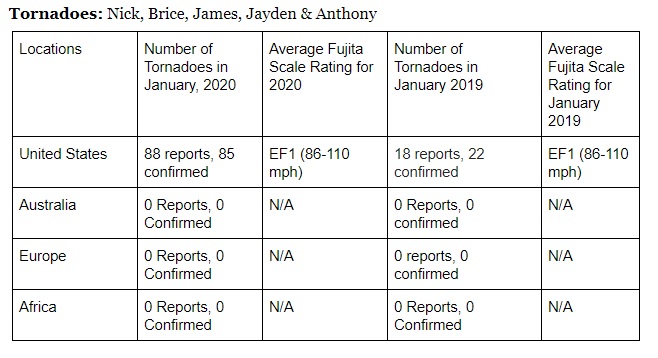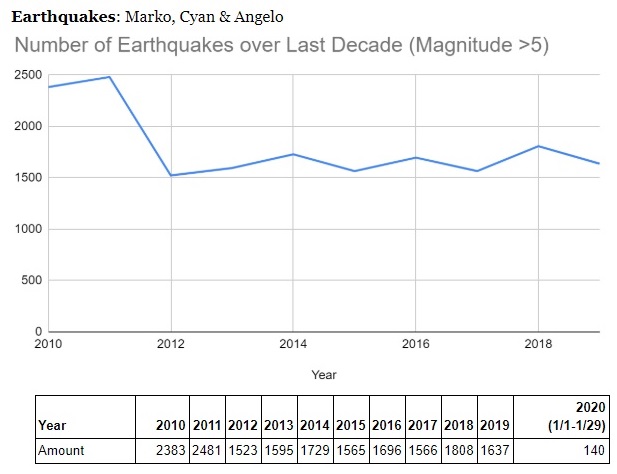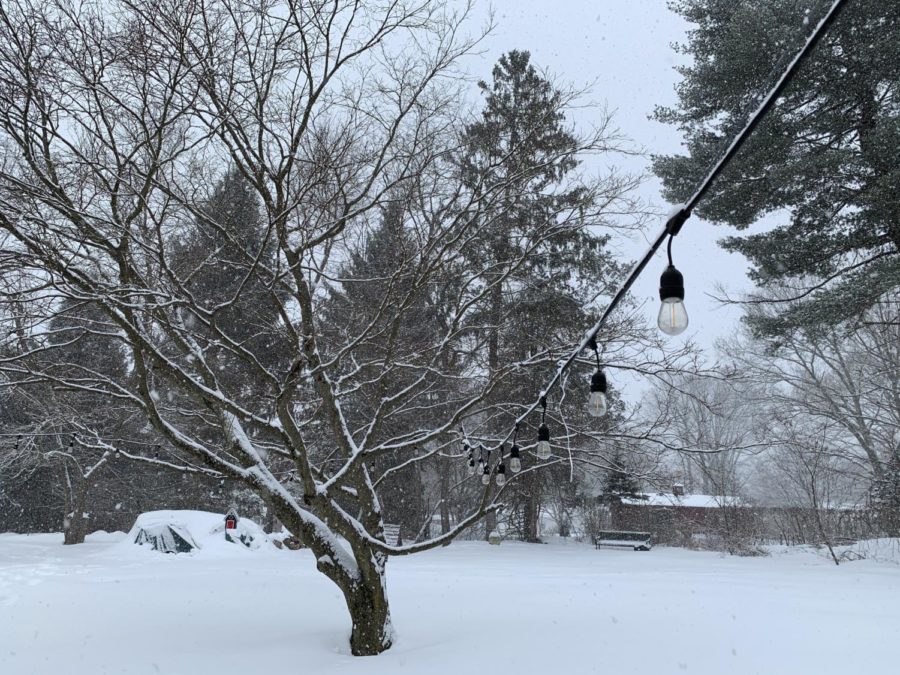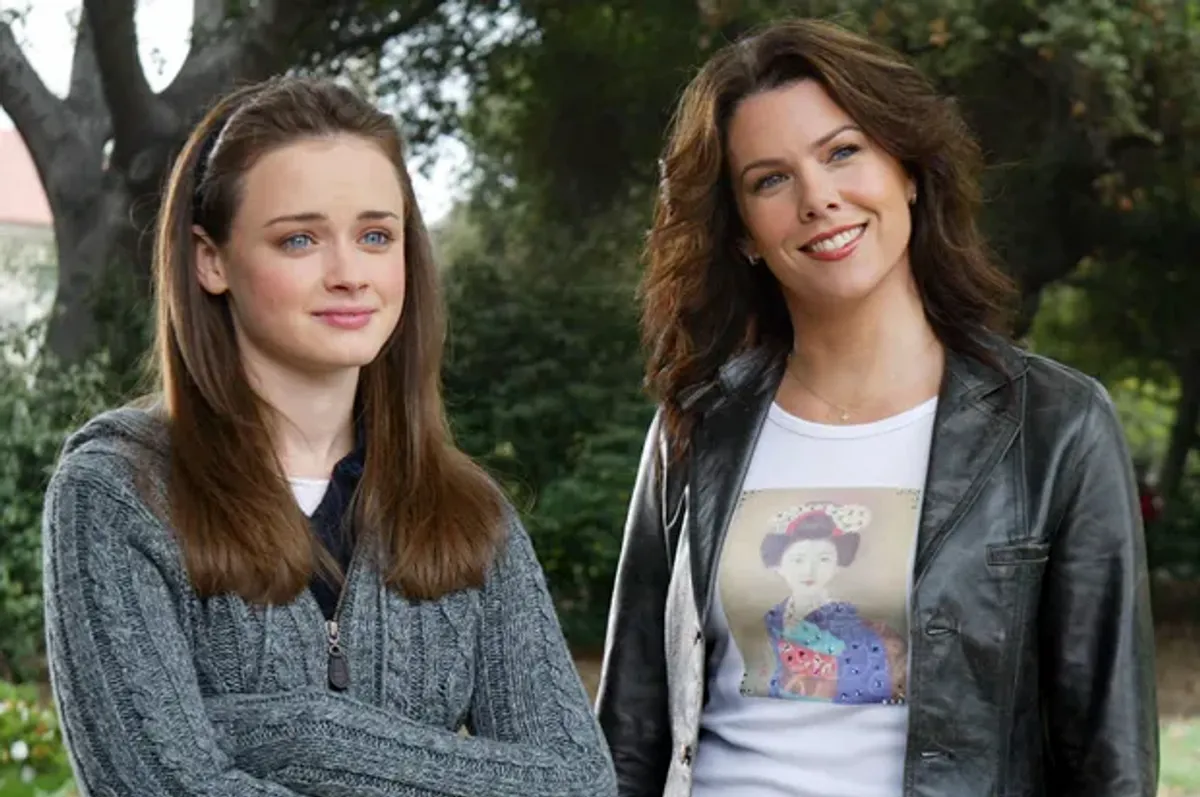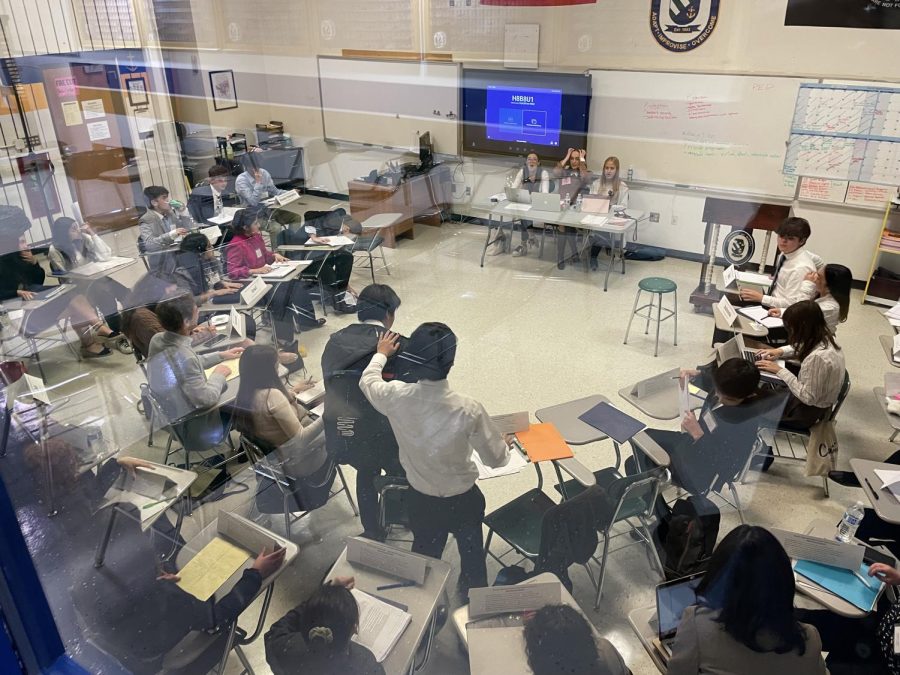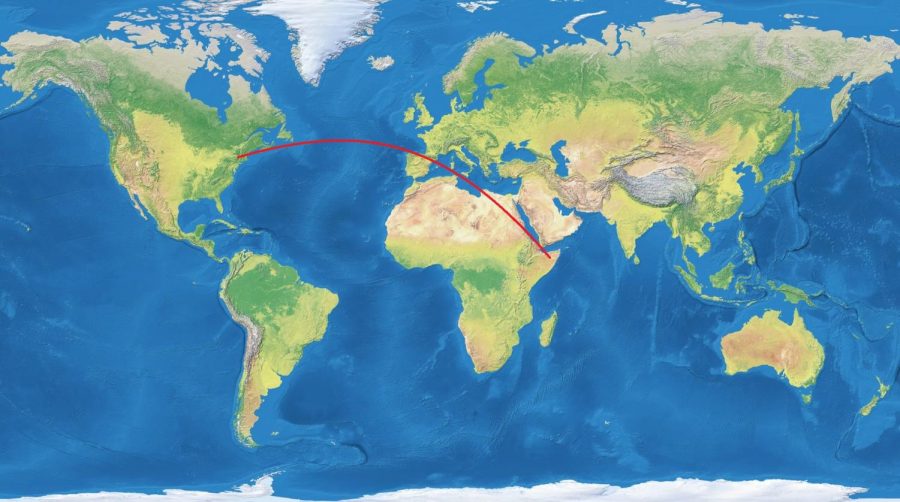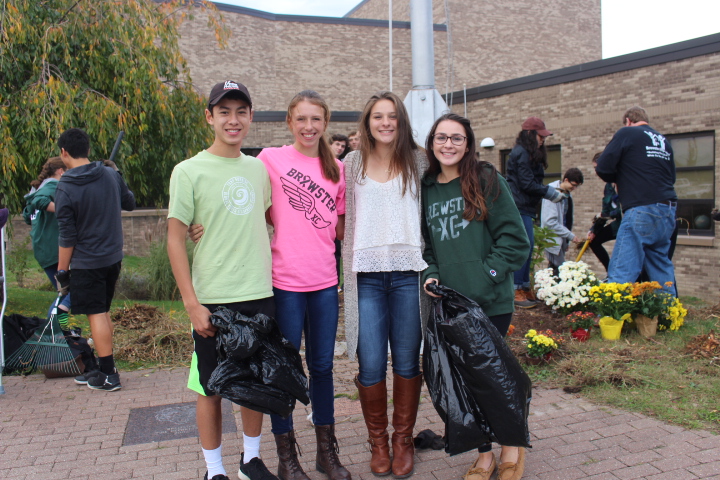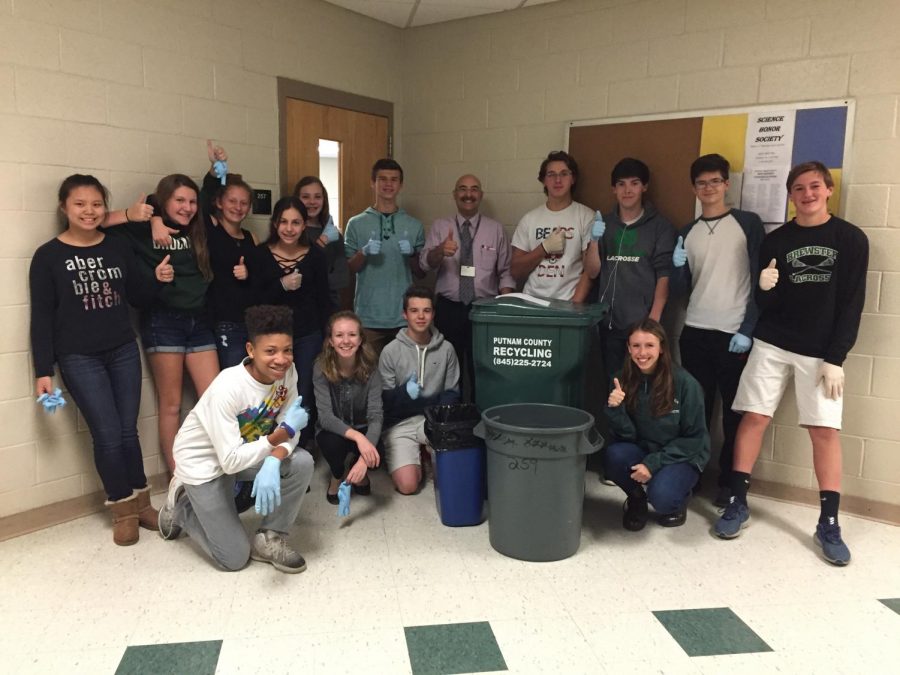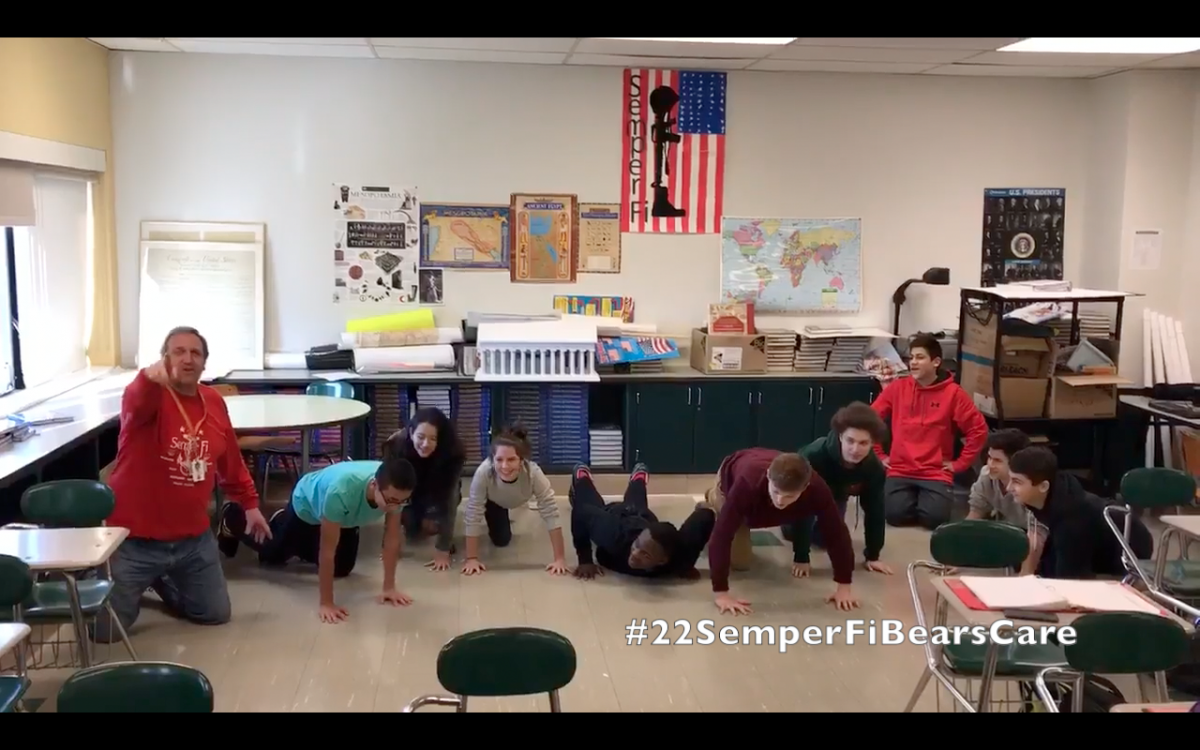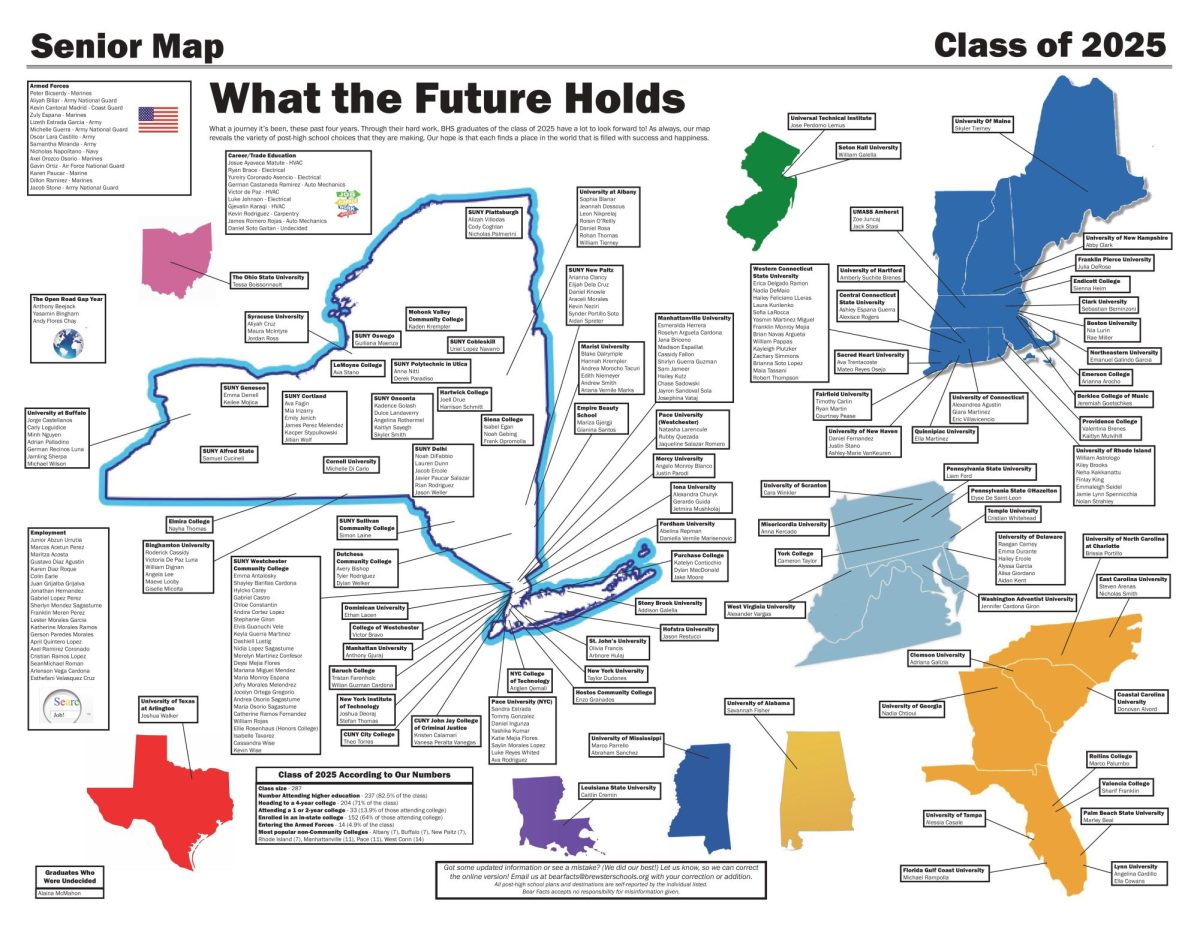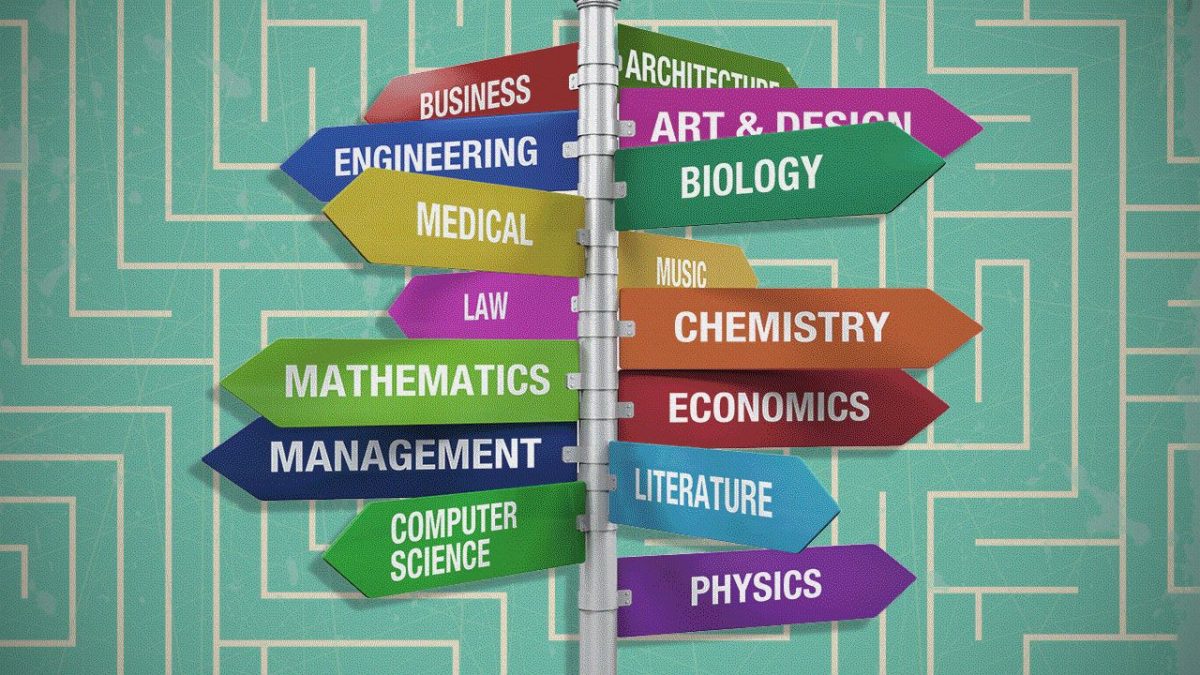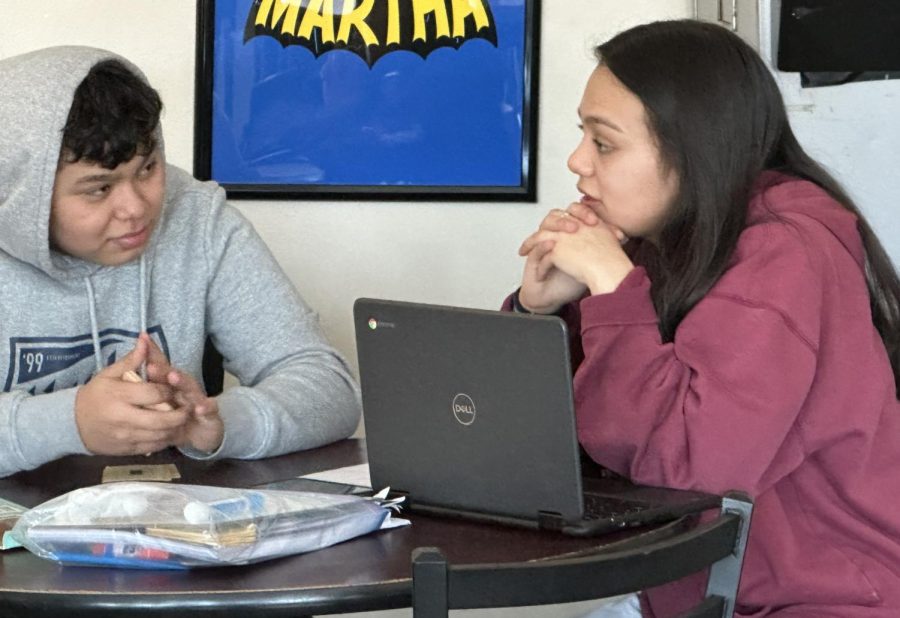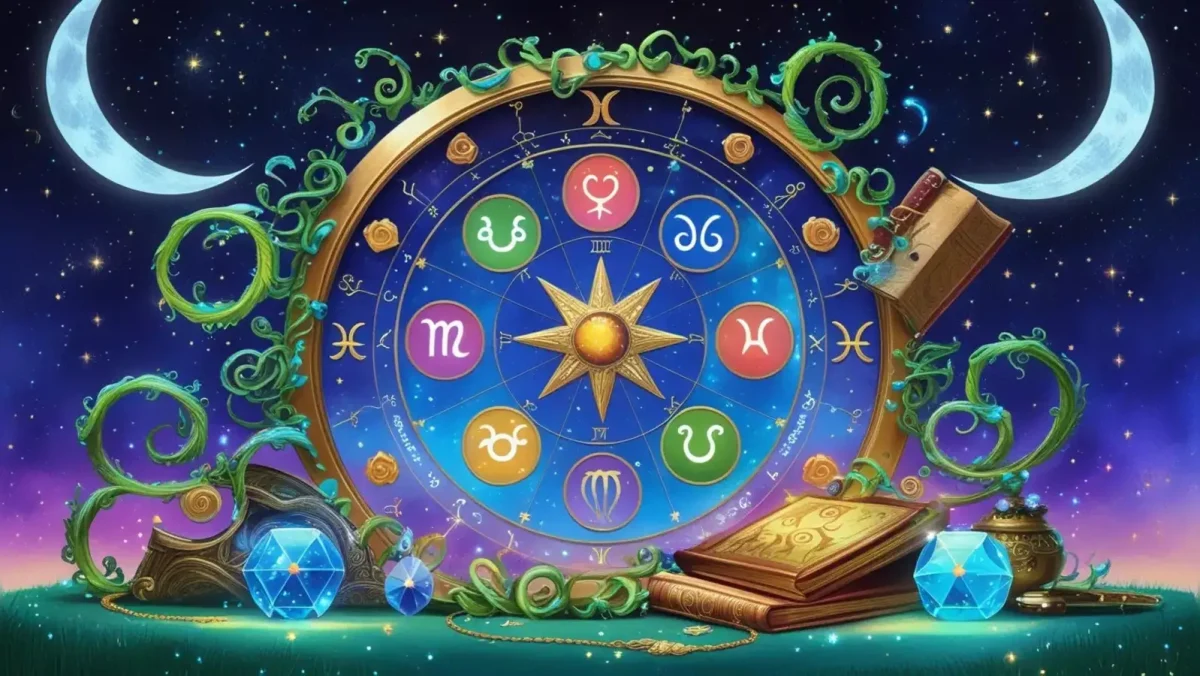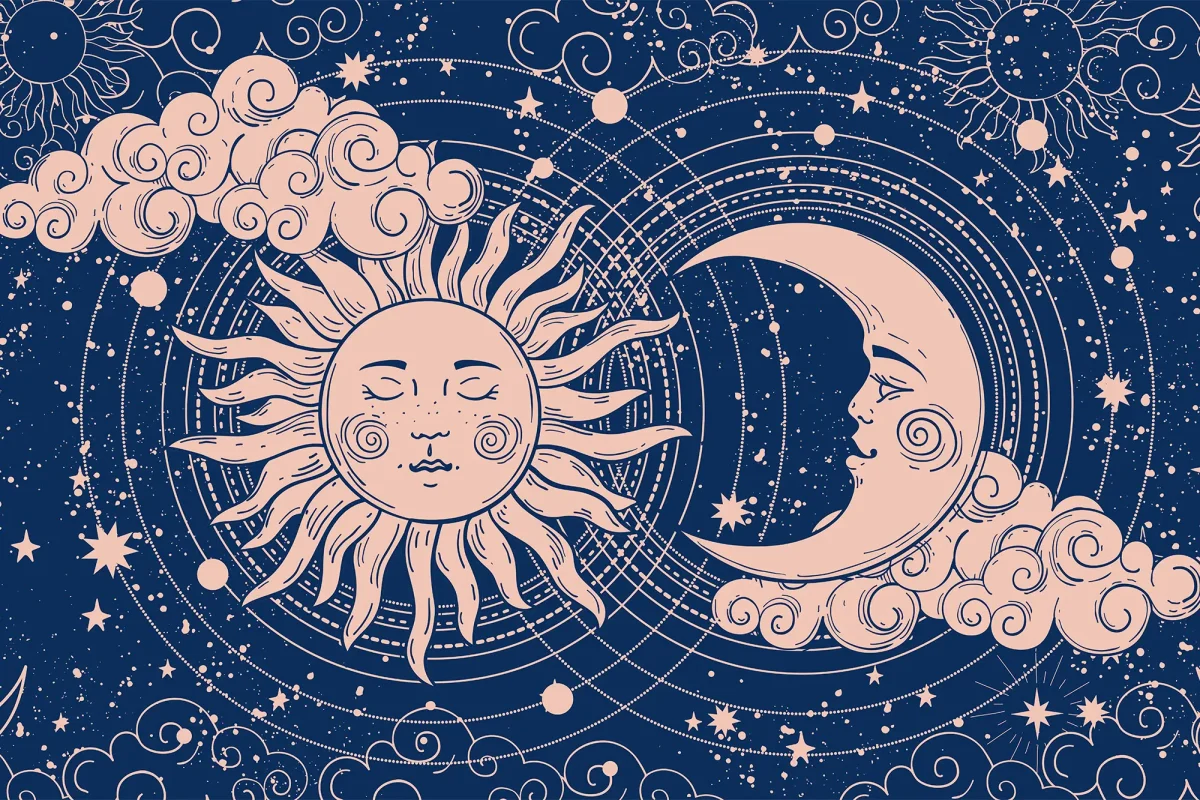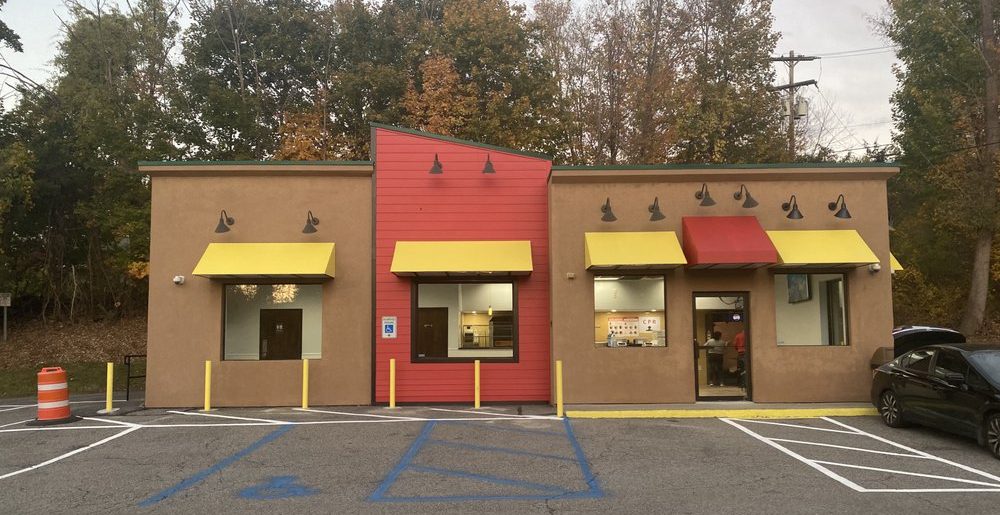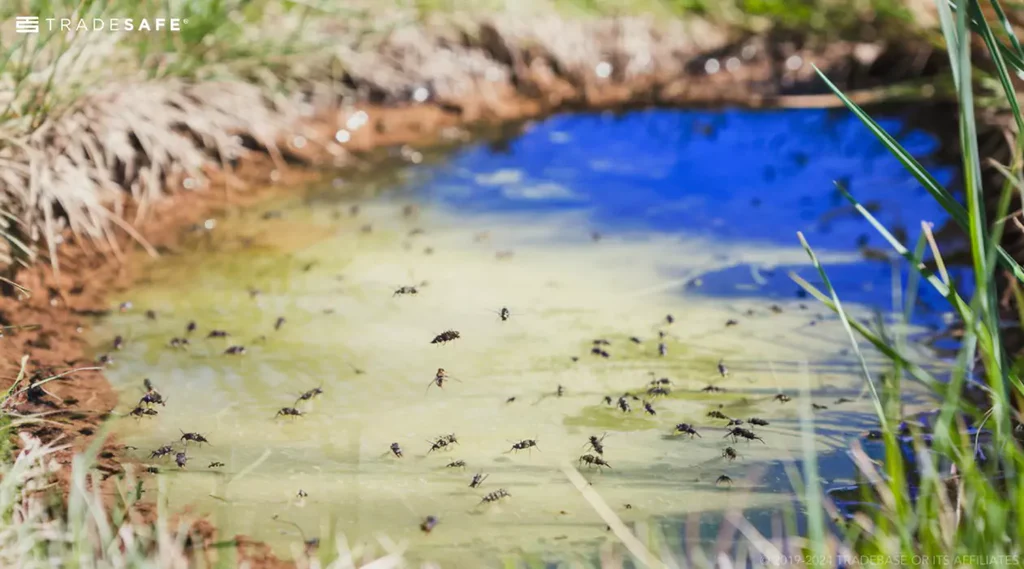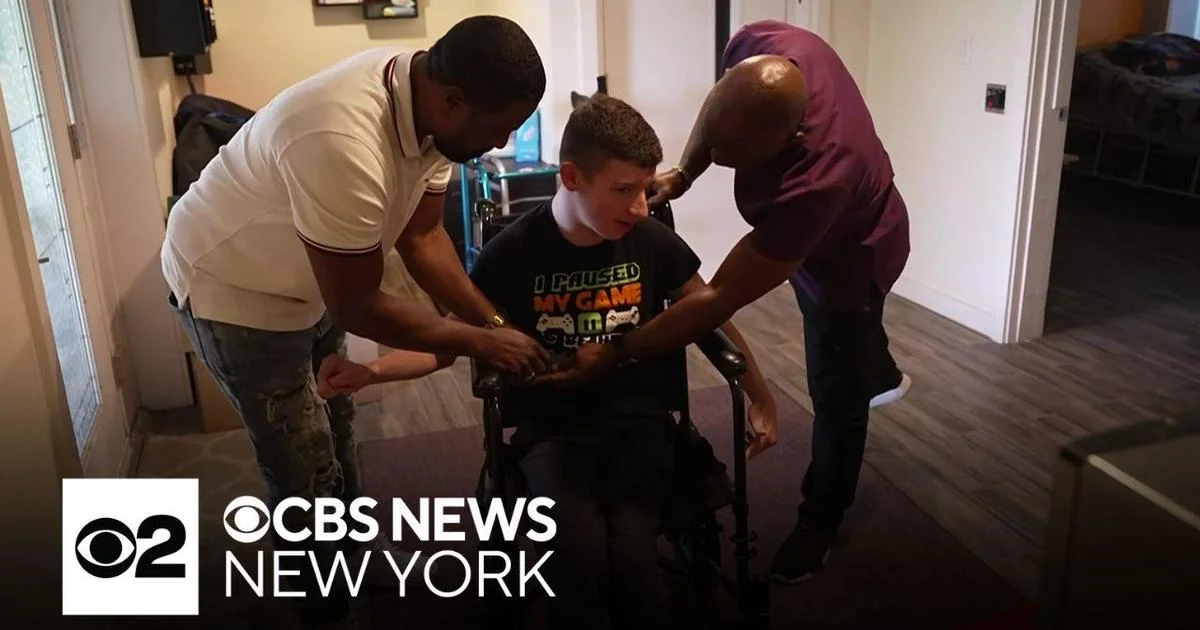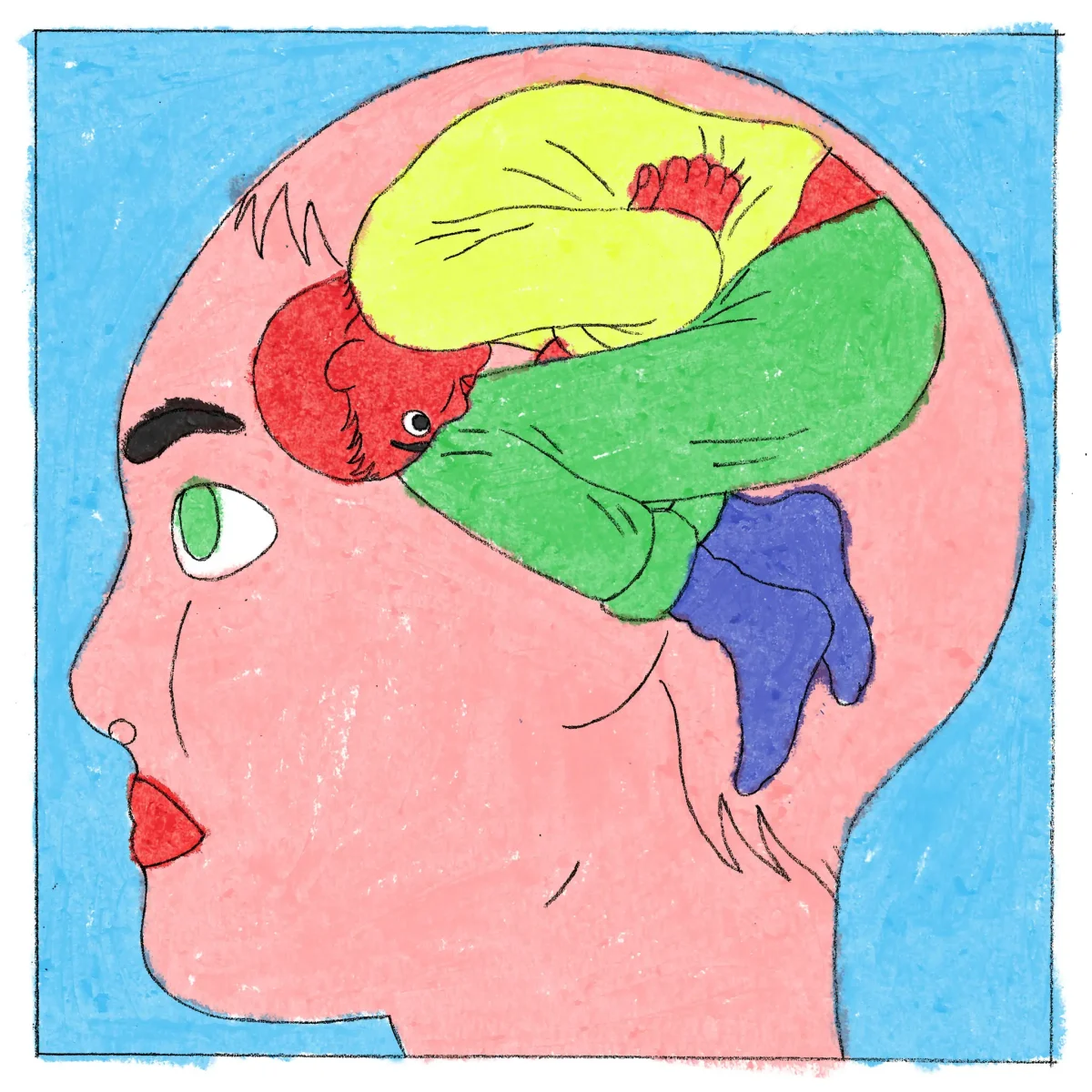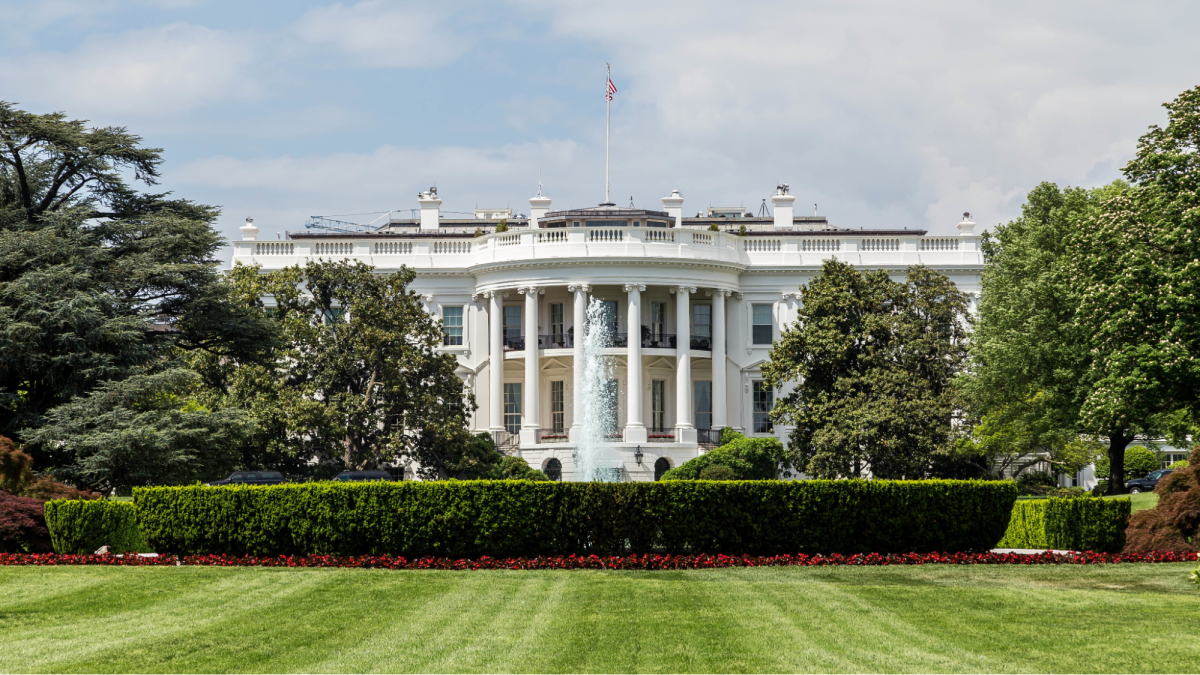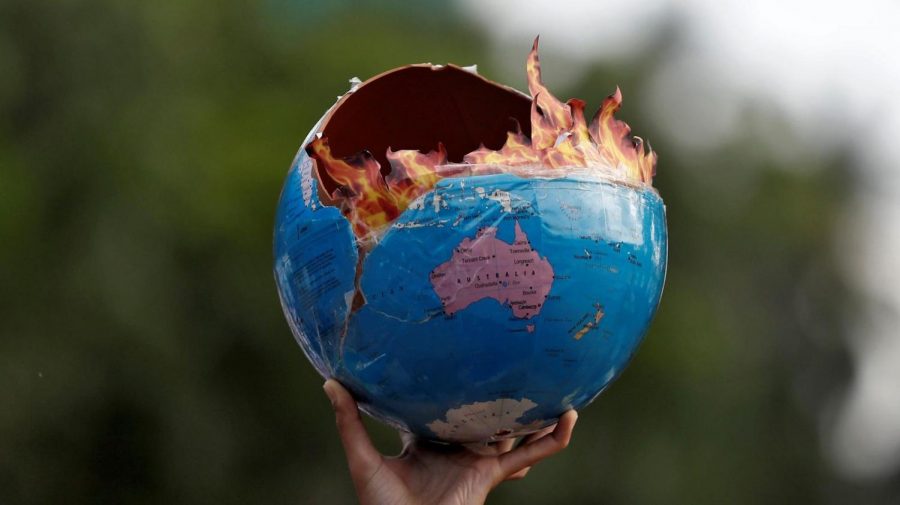Climate Change and You: A (Scary) Flood of Information
February 28, 2020
CLIMATE change, or what some consider to be merely a buzz word, has recently proved itself to be an extreme threat to our planet.
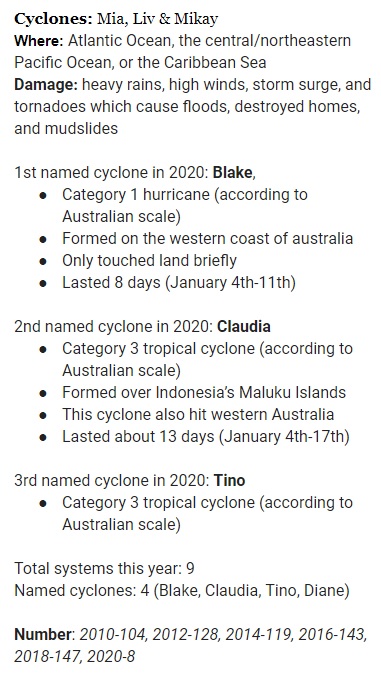
This is not fake news. Due to the current advancements we have benefitted from in technology, awareness of the world around us has greatly and easily increased. But as the natural disasters caused by climate change have increased, are we simply more exposed, through media coverage, to various tornadoes, floods, wildfires, and hurricanes?
Over the past decade, climate trends have included dramatic increases in floods, cyclones, and wildfires, with floods having the most severe increase. And although we may not hear about them often, cyclone frequency has also steadily increased (see date chart).
Additionally, we have witnessed forest fires racing across multiple regions in various countries at a terrifying rate (see bar graph).
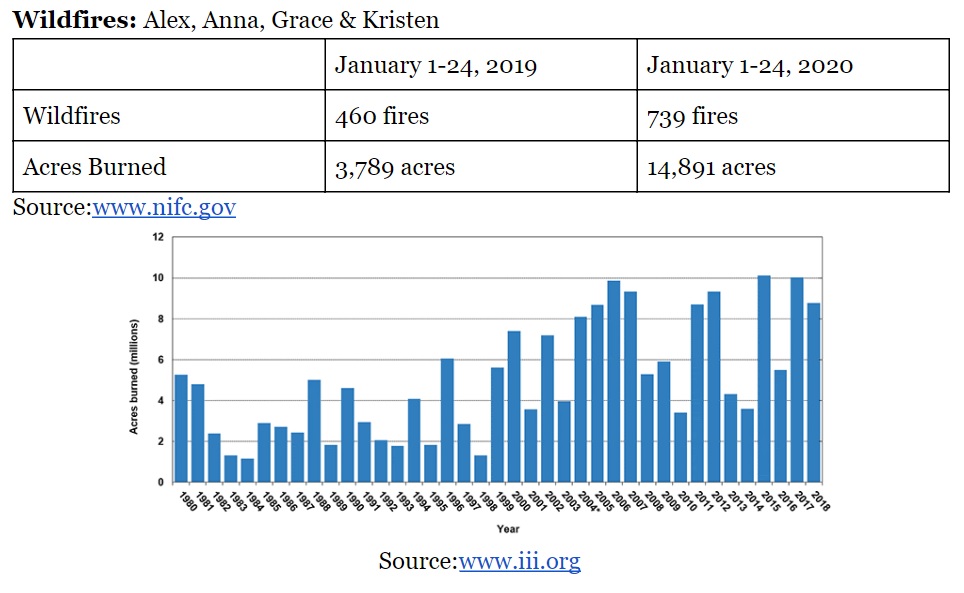
The cause of these natural disasters is rooted in climate change, fossil fuel emissions and deforestation. Multiple adverse effects also come from anthropogenic destruction. When forest ecosystems are interrupted – and often destroyed – for the use of wood processing, agriculture, or grazing land, the lack of plant biodiversity results in the soil´s inability to soak up rainwater. Rain simply runs off the surface and cannot soak into groundwater reserves. The eradication of buildings results, leading to perfect conditions for floods. The number of floods in the 1990s hovered in the high hundreds, but in the 2000’s, that number increased by two hundred (see related bar graph).

Forest fires are worsened by similar conditions. Dead, dry biomass builds up, making fires spread fast. In the month of January of 2019, there were approximately 460 fires which burned 3,789 acres. In the single month of January 2020, there were 739 fires which burned 14,891 acres. Even though forest fires can be a useful force in renewing an ecosystem, deadly consequences occur to plants and animals when high temperatures and burning flames get out of control.
Cyclones are amplified by the warming temperatures of the earth. As the amount of carbon and fossil fuel emissions grows larger every day, various gasses trap the sun’s heat in the atmosphere. Winds coast over the now warmer ocean, moisture can build up and create ravaging cyclones that can wreck whole countries. The number of cyclones in 2010 was 104, but that number soared to 147 in 2018. Regulations on emissions from factories and modes of transportation are slowly being deregulated, further digging the world into a deeper pit of pollution. And sadly, the American government majority may not believe in supporting measures to halt climate change, even as the world crumbles.
One natural disaster statistic we can look to with a small degree of optimism, is that events such as earthquakes above a category five and tsunamis have decreased (see data).
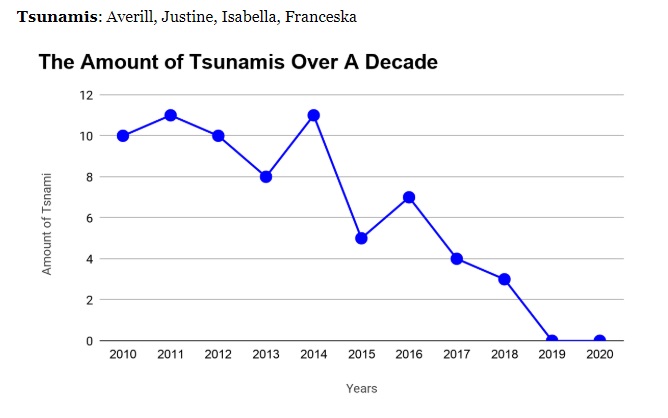
However, this is a small reason for hope, as it is only recent and not yet a fact we can count on for stability.
How can we recover from the detrimental effects of climate change? Well, we may never be able to. But, we can take small actions in our everyday lives to reduce carbon and fossil fuel emissions as well as improve the environment around us: adopting a plant-based diet, taking shorter showers and using public transportation are all small steps towards change. If the citizens of Earth come together to rescue our planet, these natural disasters will begin to reduce and ultimately save the human species.
A special thank you to Mr. Daly’s science classes who compiled and created our data!
